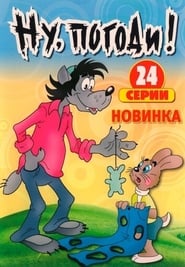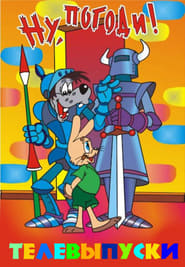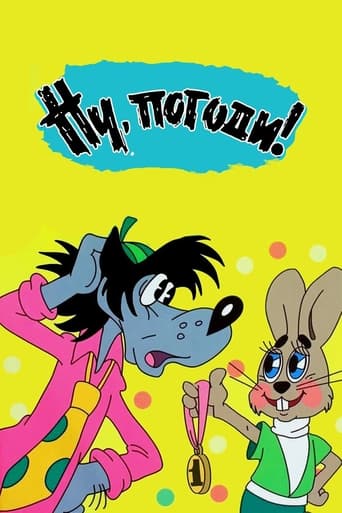Well, Zayats… Just you wait!
"Ну, погоди!" (1969), created by Soyuzmultfilm in the Soviet Union, is an iconic animated series that has left an indelible mark on the hearts of generations. The show follows the endless chase between the cunning wolf, Волк, and the ever-resourceful hare, Заяц, in a series of humorous and often slapstick escapades. The animation style, characterized by its vibrant colors and dynamic movements, captures the essence of Soviet animation, blending humor with clever storytelling. The series not only entertained but also subtly conveyed moral lessons, making it a beloved staple of Soviet and post-Soviet culture. The characters of Волк and Заяц are brilliantly crafted, each embodying distinct personalities that resonate with audiences of all ages. Волк, with his brash and often bumbling attempts to catch Заяц, represents the classic antagonist who, despite his failures, remains endearing. Заяц, on the other hand, is the epitome of wit and resilience, always managing to outsmart Волк with ingenious tricks. Their dynamic interplay forms the backbone of the series, providing endless entertainment and laughter. Beyond its comedic value, "Ну, погоди!" also serves as a cultural time capsule, reflecting the social and political nuances of the Soviet era. The settings and scenarios often included references to contemporary Soviet life, from urban landscapes to rural settings, offering viewers a glimpse into the everyday experiences of the time. The series' popularity transcended borders, gaining a following in various countries and becoming a symbol of Soviet animation excellence on the global stage. In conclusion, "Ну, погоди!" remains a timeless classic that continues to captivate audiences with its humor, creativity, and cultural significance. The enduring appeal of Волк and Заяц's adventures speaks to the universal themes of perseverance, ingenuity, and the joy of laughter, ensuring that the series will be cherished for generations to come.
Página principal
Año1969
Número de episodios24
Número de temporadas1
Duración del episodio10
EstadoEnded
GénerosFamiliaAnimaciónComedia
Países de producciónSoviet Union



